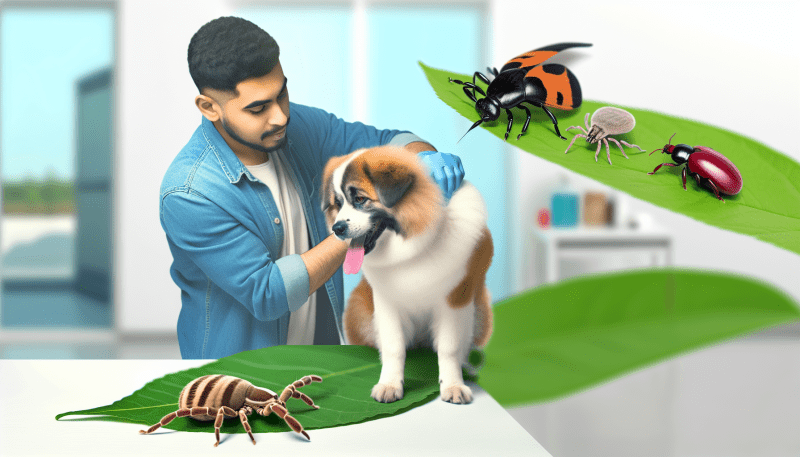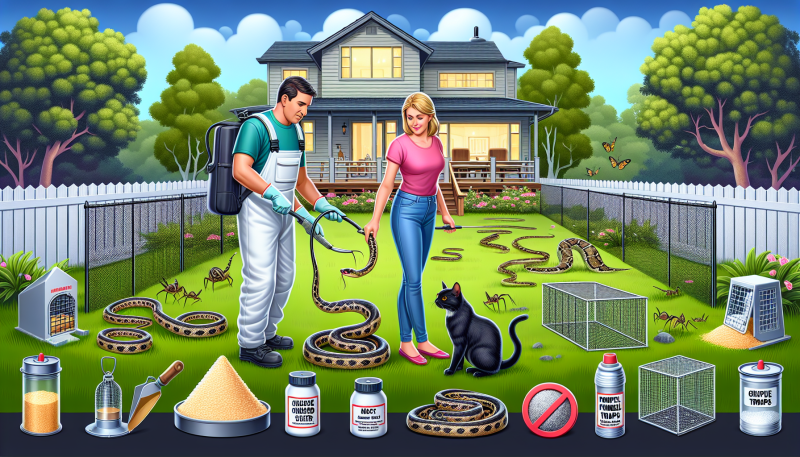Grubs are the larvae of various beetles, and while they might look harmless, they can wreak havoc on your lawn if left unchecked. These little pests typically chow down on grassroots, leading to brown patches and a weakened lawn. Understanding grubs and their life cycle is essential for effective grub control.
Grubs thrive in warm, moist soil, making your lawn an ideal host. They usually appear in late summer and fall, as this is when adult beetles lay their eggs. By the time the eggs hatch into grubs, they start munching on your grass. If you notice patches that feel spongy when you walk on them, grubs could be the culprit. Getting a handle on grub control can help your lawn bounce back before it’s too late.
Monitoring your lawn is crucial. Digging a small section of turf can reveal the presence of grubs. Look for white, C-shaped larvae in the soil. A few grubs per square foot might be manageable, but if you find more than ten, it’s time to think about grub control methods. Remember, catching these pests early will make it easier to protect your lawn from damage.
In terms of grub control options, you have several choices. Chemical treatments can be effective, but many people prefer natural remedies or beneficial nematodes that target grubs without harming other beneficial insects. Whichever method you choose, being proactive and informed about grubs will help keep your lawn healthy and vibrant.
Signs Your Lawn Has Grub Problems
Finding grubs in your lawn can be a real bummer. They’re sneaky little pests that can do a lot of damage before you even know they're there. Here are some telltale signs that your lawn might have a grub problem.
First up, look for brown patches. If certain areas of your lawn are turning brown and not responding to watering, grubs might be the culprits. These pests feed on the roots of your grass, making it hard for your lawn to stay healthy. Another sign is if you notice your grass pulling up easily—like a carpet. This usually means the roots have been eaten away, and it’s a clear indicator that grub control is needed.
Next, check for increased activity from certain critters. If you see more birds, skunks, or raccoons digging in your yard, they might be after the grubs. These animals can smell the grubs just below the surface, and their digging can further damage your lawn. Keep an eye on these signs as they point to a grub infestation brewing underneath!
Lastly, take note of any wilting grass. If your grass seems to wilt or look unhealthy—even after a recent rain or watering—it may be suffering from grub damage. Noticing a combination of these symptoms? It’s likely time to consider some effective grub control options to protect your lawn.
Best Grub Control Products to Use
If you're dealing with pesky grubs in your lawn, choosing the right grub control products can make all the difference. Not only do they help keep your grass healthy, but they also save you from a lot of frustration. Below are some of the best grub control products you might want to consider.
1. Granular Insecticides:
2. Organic Options:
3. Preventative Products:
When choosing your grub control solution, think about what fits your lawn care routine and preferences. Always follow the application instructions and safety guidelines to get the best results and keep your lawn thriving!
Tips for Preventing Grub Infestations
Preventing grub infestations in your lawn is all about being proactive. Here are some easy tips to keep those pesky grubs at bay and maintain a healthy, lush yard:
By following these simple tips for grub control, you can create a thriving lawn that’s less susceptible to infestations. Keeping your yard healthy and vibrant reduces the chances of grubs finding a home in your grass!



